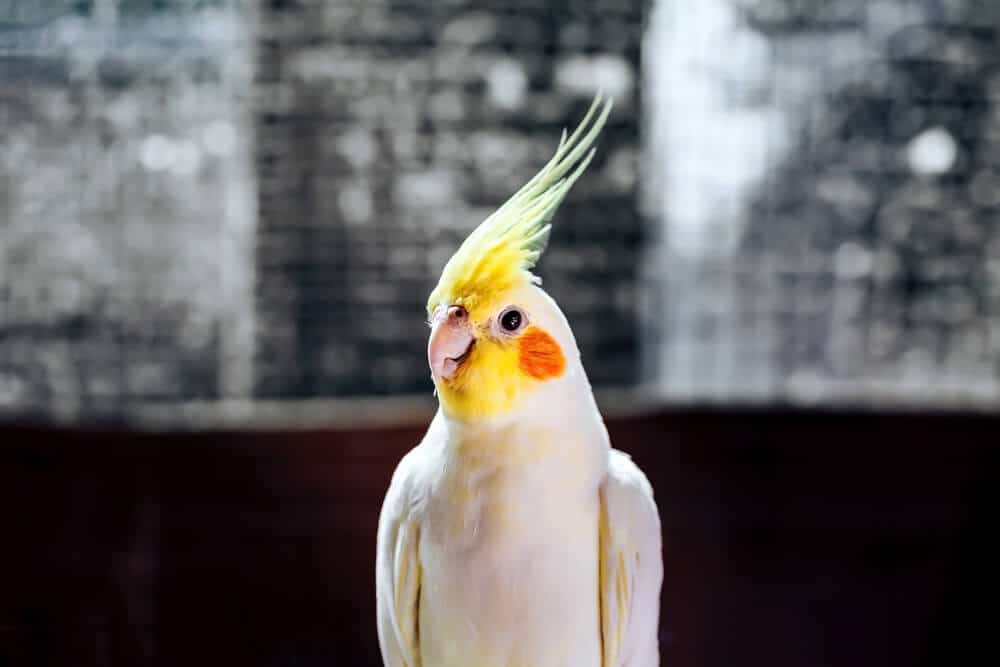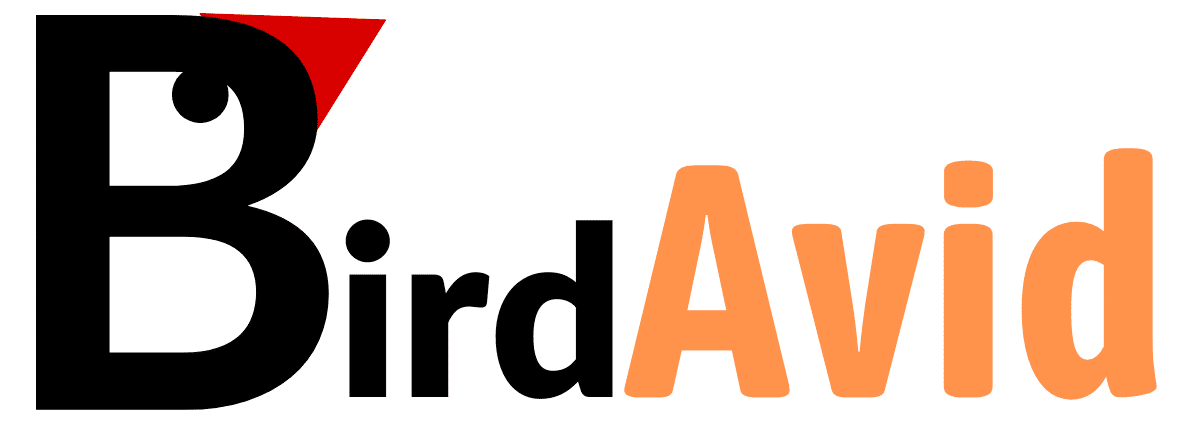You know, when we think about smiling, we usually picture ourselves, showing off those pearly whites. But what about our feathered friends? Can they smile?
Typically, birds don’t have the ability to physically smile like a human due to the limitations in their facial anatomy. However, they can express their emotions through various body language signs like bobbing their head for attention-seeking or through vocalizations like singing when they are in a good mood.
Let’s have a deep dive into why smiling is challenging for birds and see top 4 tips to know when they are happy – equivalent to smiling in birds!
Can Birds Smile? Limitation Of Bird’s Facial Expression

First off, birds don’t have lips like we do! They have beaks, which aren’t as flexible as our lips, so they can’t really form a smile the way we can. Plus, birds don’t have the same facial muscles as mammals, so even if they wanted to smile, their faces just aren’t built for it.
The human mouth is a complex structure made up of various muscles, bones, and tissues. Our facial muscles work in tandem to create different facial expressions, including smiling.
The main muscles responsible for our smile are the zygomatic major muscles, which are located in our cheeks. When we feel happy, excited, or pleased, these muscles contract, causing the corners of our mouth to turn upwards, resulting in a smile.
Now, here’s the thing – happiness is not necessarily expressed in the same way in all animals.
While some animals may appear to smile, it’s not necessarily the same as a human smile.
In terms of true smiling, only humans can do it. When we smile, it’s associated with the feeling of happiness or joy.
However, in animals like chimpanzees, a smile may indicate a different emotion altogether. They may smile when they are stressed or afraid.
In some cases, animals may appear to be smiling due to their facial structure. For example, dolphins have an upward curving mouth that gives the impression of a smile, but it’s actually just their facial structure.
Similarly, some birds like cockatiels may look like they are smiling all the time, but it’s actually just their beak structure.
So, while other animals may have expressions that appear to be similar to a human smile, it’s important to note that they may not be smiling in the true sense. Only humans have the ability to smile as an expression of happiness, joy, or other positive emotions
But even though birds can’t smile like us, they can still express their emotions. They just do it in their own unique ways, using other methods like body language, and vocalizations.
Equivalent Expression Of Smiling In Birds
So, if birds can’t smile, how do they show us when they’re happy or upset? Great question! Birds have their own unique ways of expressing emotions through body language, vocalizations, and even eye pinning.
Let’s dive into each of these to get a better understanding of how birds communicate their feelings.
Decoding The Body Language Of Birds
First, let’s talk about body language. Just like people, birds use their posture to express how they feel. When a bird is feeling relaxed and content, it might sit with a calm posture and its feathers smooth.
On the flip side, when a bird puffs up its feathers, it could be a sign that it’s feeling cold or trying to make itself look bigger to scare off potential threats. Ruffled feathers, however, might indicate that a bird is feeling a bit stressed or sick.
I highly recommend you check out this video to understand some of the common body language signs of birds:
Bird Vocalization
| Bird Vocalizations | Purpose / Behavior |
| Song | Typically used by male birds to attract females and establish territory during breeding season. Singing is also a sign of happiness in birds. |
| Call | General communication between birds; can signal location or alert others to potential danger. |
| Alarm Call | A specific call to warn other birds of approaching predators or threats. |
| Contact Call | A short, usually high-pitched call used by birds to keep in touch with their flock members, especially during flight. |
| Distress Call | A loud, frantic call used by birds when they feel threatened or trapped, often meant to scare off predators. |
| Begging Call | A high-pitched, repetitive call used by young birds to request food from their parents. |
| Courtship Call | A unique call used by birds during courtship display to woo potential mates. |
| Happy Chirps | Birds often chirp when they are content, such as when they are well-fed or enjoying good weather conditions. |
Now, let’s move on to vocalizations. Birds have a whole range of sounds they can make, and these sounds can give us clues about their emotions.
Happy chirping and singing are signs that a bird is feeling good, while alarm calls and distress sounds indicate that something might be wrong or that the bird is feeling threatened.
Eye Pinning Behavior Of Birds
Finally, let’s talk about eye pinning. This is when a bird rapidly contracts and expands its pupils. It might look a little strange, but it’s actually a way for birds to communicate their emotions or excitement.
Eye pinning can happen for various reasons, like when a bird is curious about something new, excited, or even feeling a bit aggressive.
Now that we know birds can’t smile and we’ve learned about their unique ways of expressing emotions, you might be wondering: how can we tell when a bird is happy?
How To Know When Your Bird Is Happy?
Let’s take a look at some common signs of happiness in birds so you can better understand and enjoy them.
1. Engaging in play:
Just like us, when birds are happy, they love to play! You might see them swinging on a perch, tossing around their toys, or even playing games with you. A playful bird is usually a happy bird!
2. Preening and grooming:
Birds like to keep themselves looking sharp, and preening is a sign that they’re feeling good. When a bird is happily preening and grooming itself or its companions, it means they’re comfortable and content in their environment.
3. Seeking attention and interaction:
When your bird is in a good mood, it might seek out your attention or want to hang out with you. This could involve perching on your shoulder, nuzzling you with their beak, or even just hanging out nearby while you go about your day.
4. Contented vocalizations:
As we mentioned earlier, birds have a whole range of sounds they can make. When they’re happy, they might entertain you with some cheerful chirping or pleasant singing.
These happy noises are a surefire sign that your bird is feeling good!
Wrapping Up
While birds might not be able to smile like us, they still have their own special ways of letting us know how they feel!
By learning about those unique expressions and keeping an eye on your bird’s health, you’ll be able to better understand and appreciate the amazing world of bird behavior.
So, go ahead and get to know your feathered friend better, and enjoy the incredible bond!

